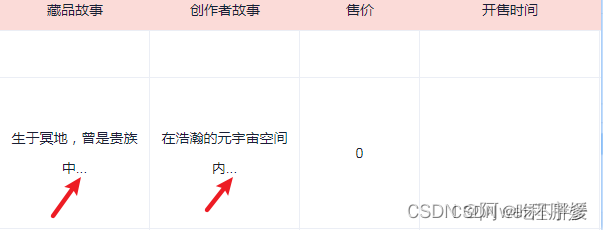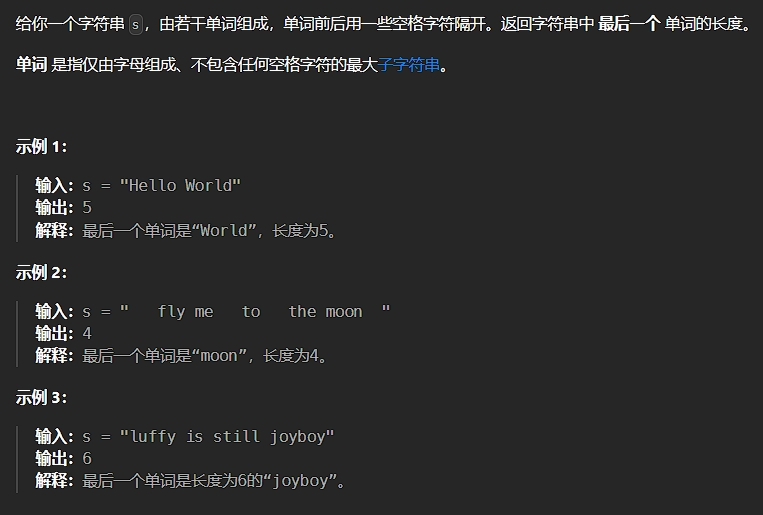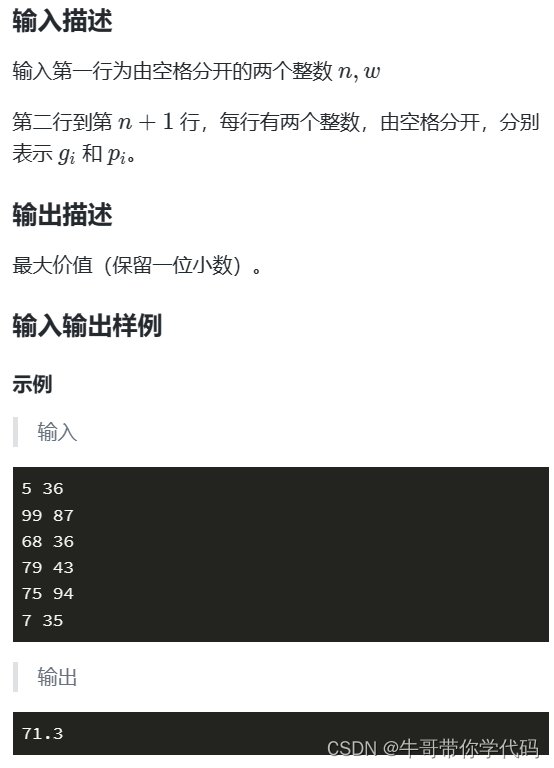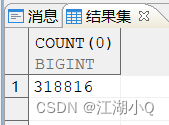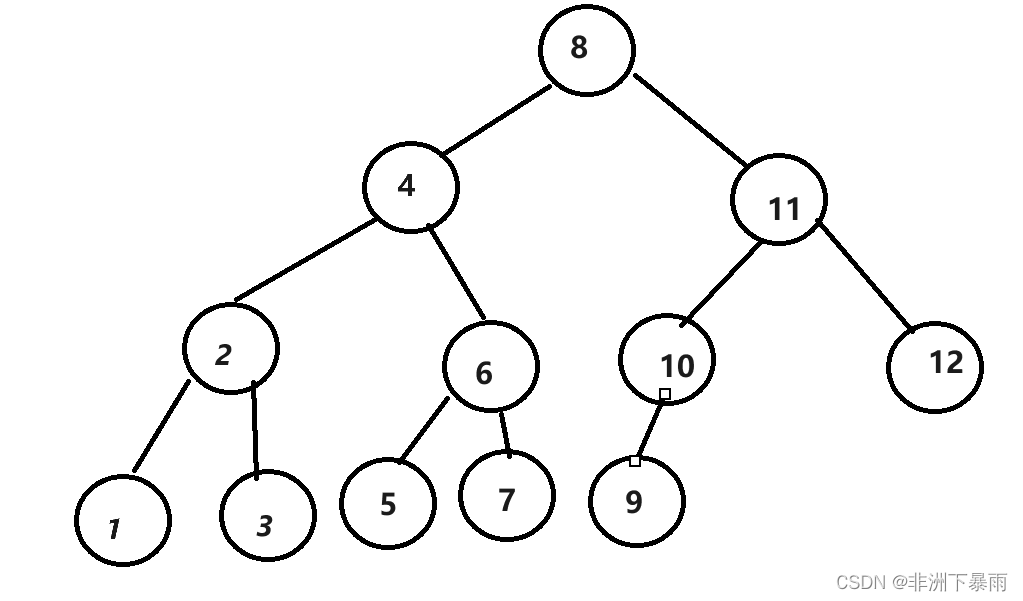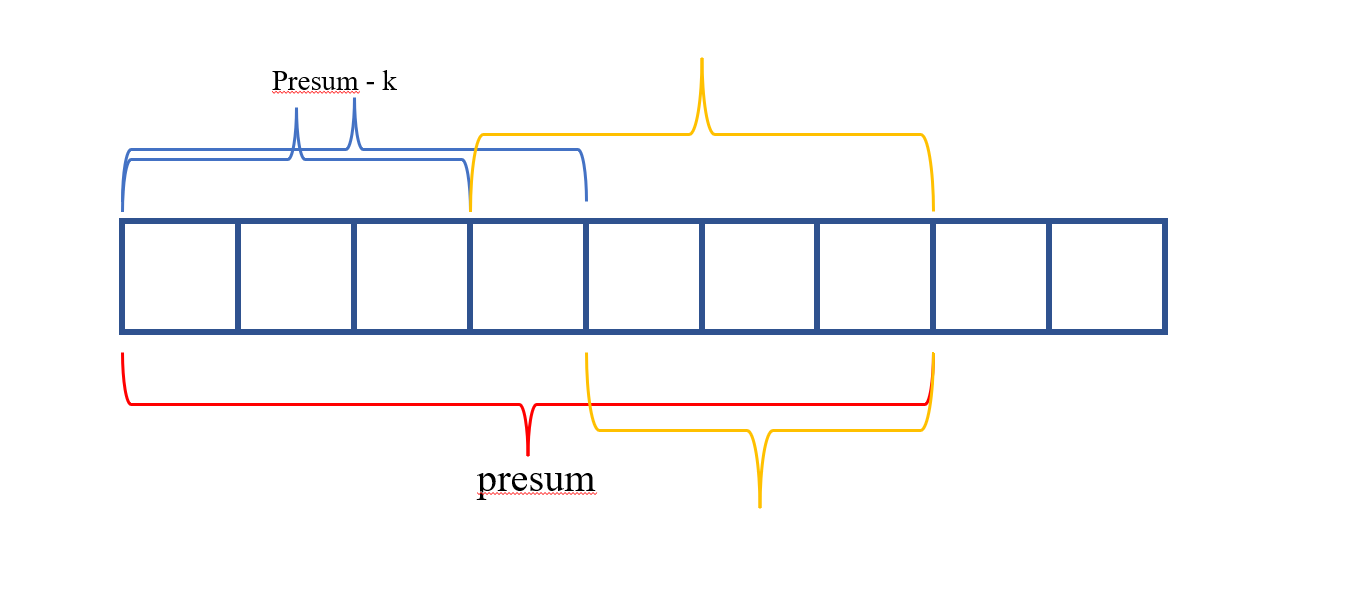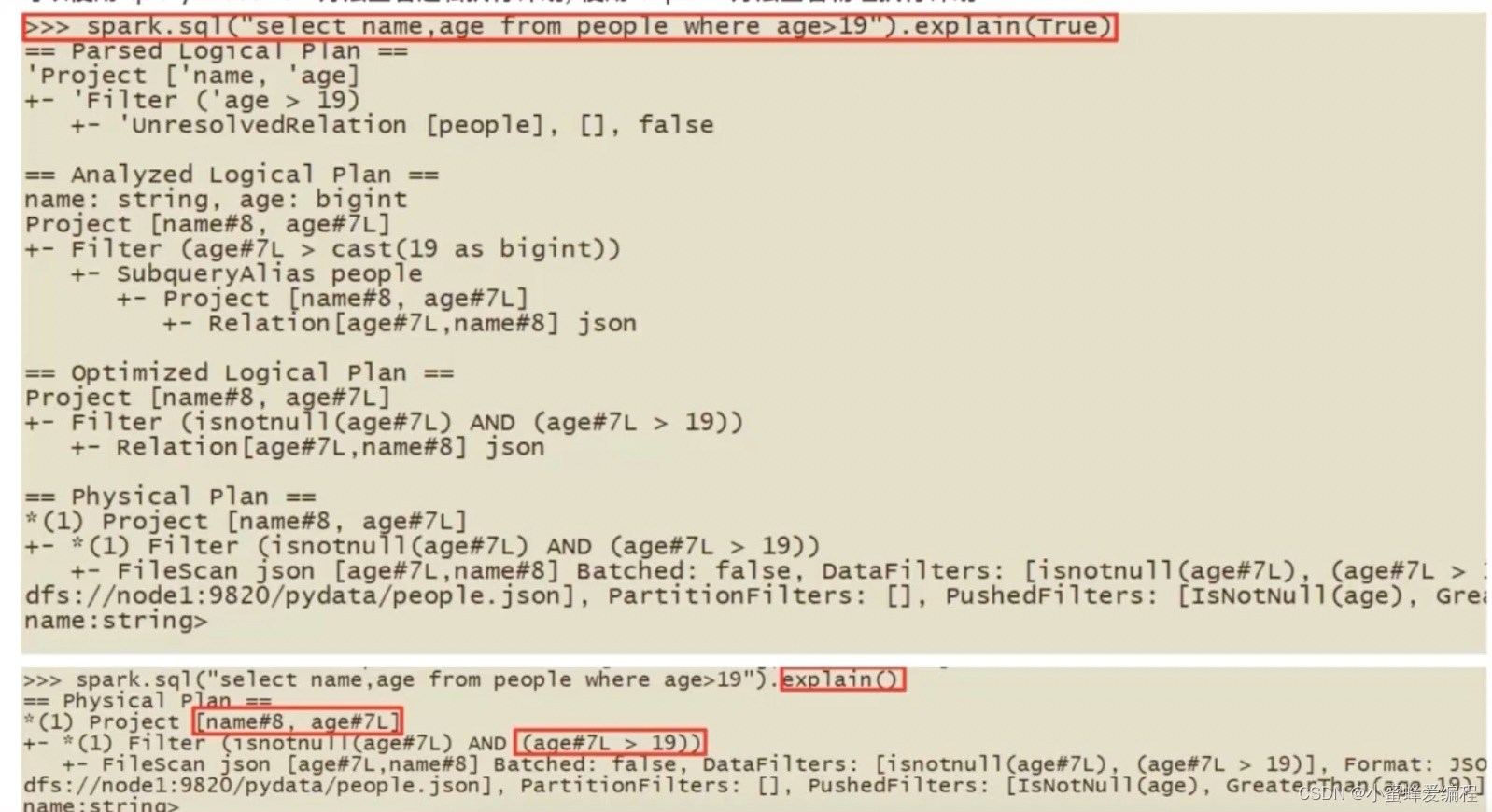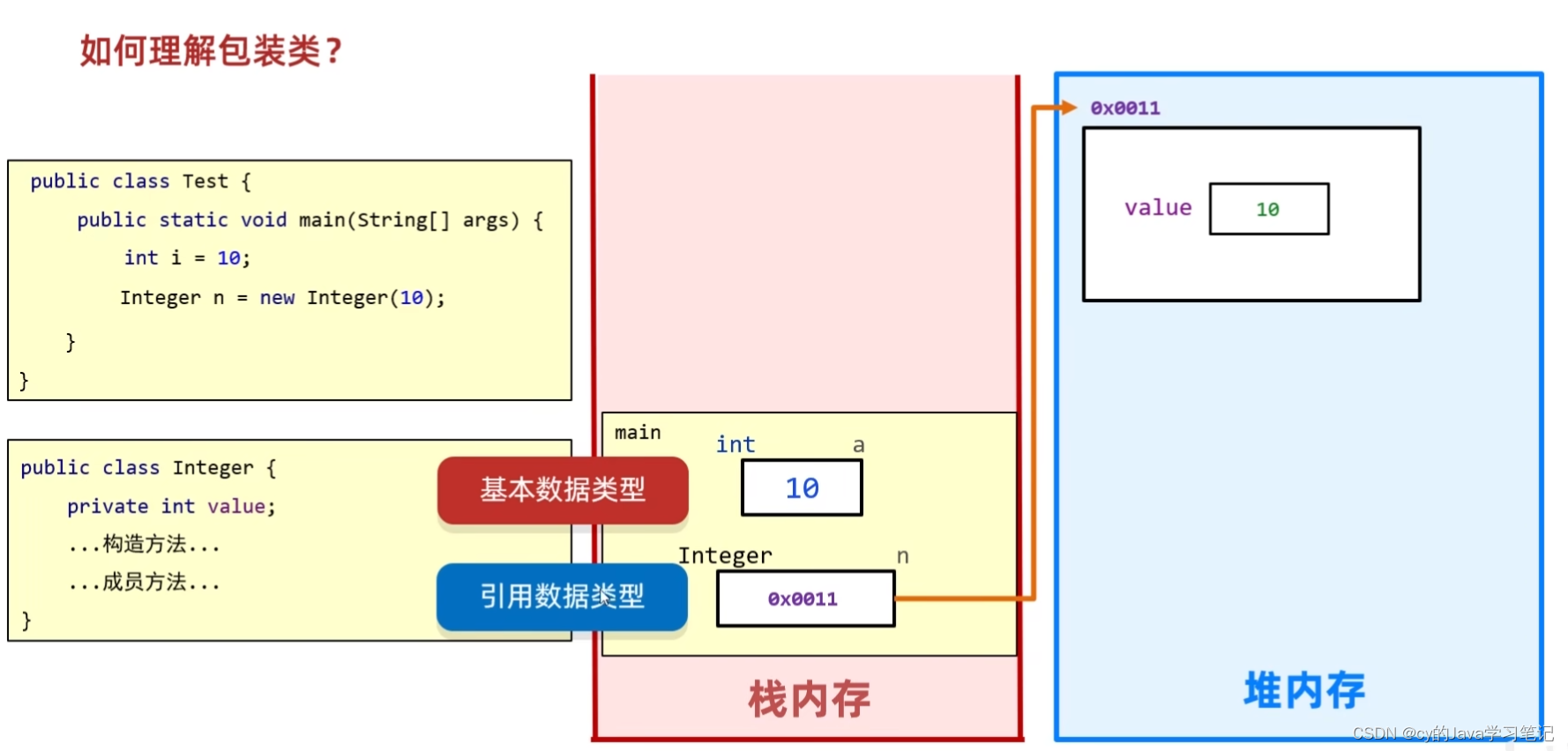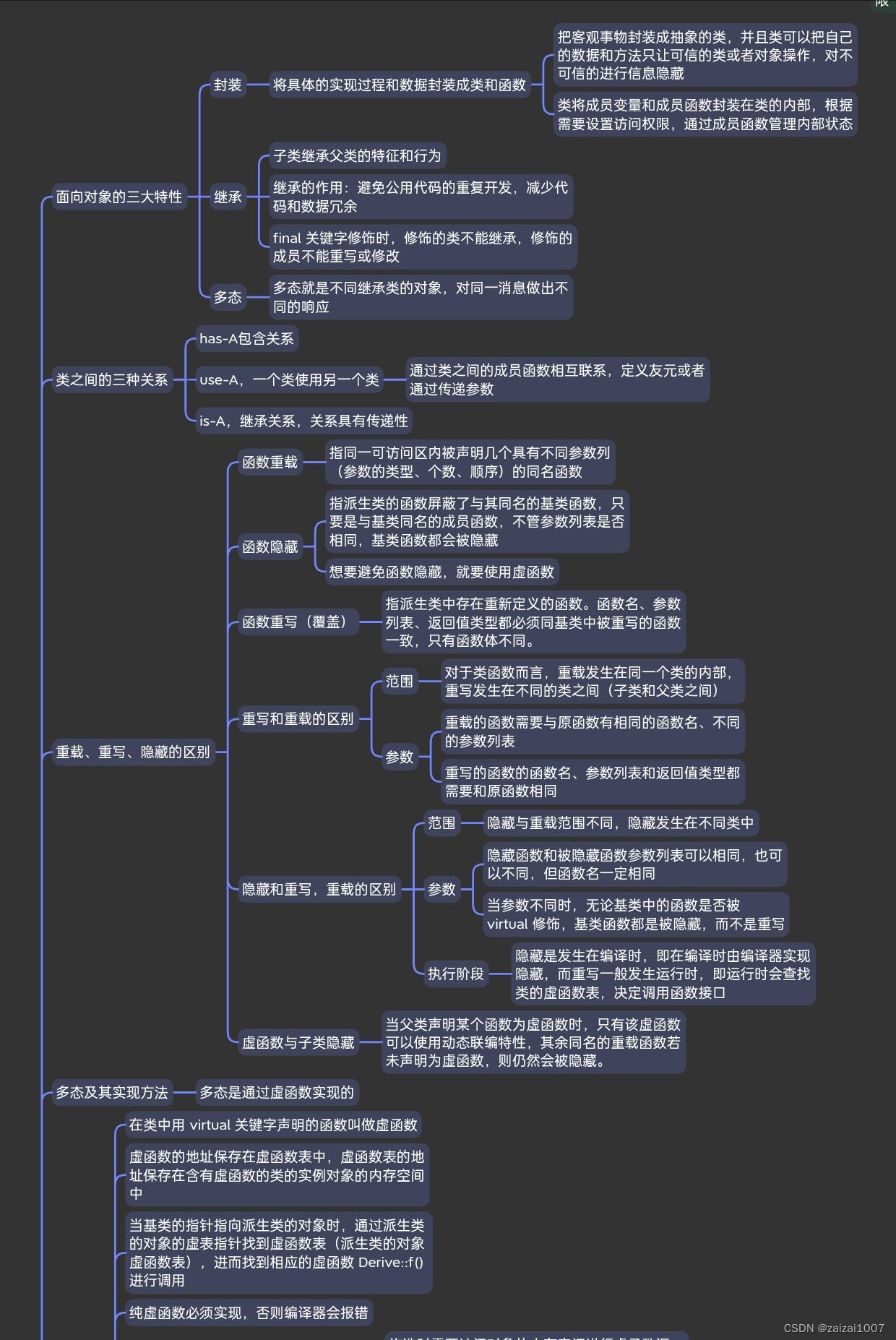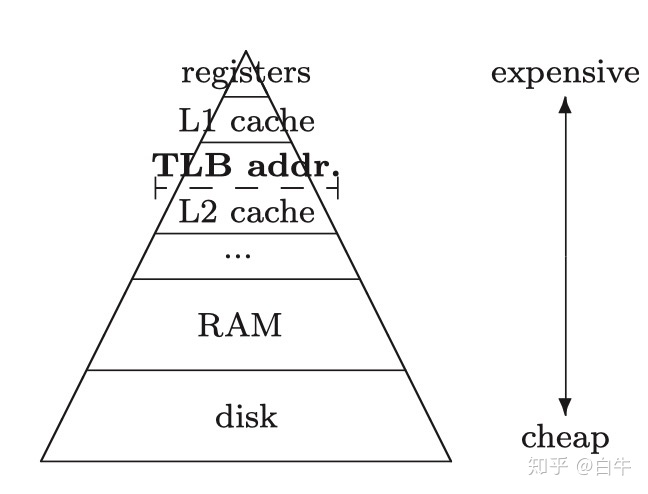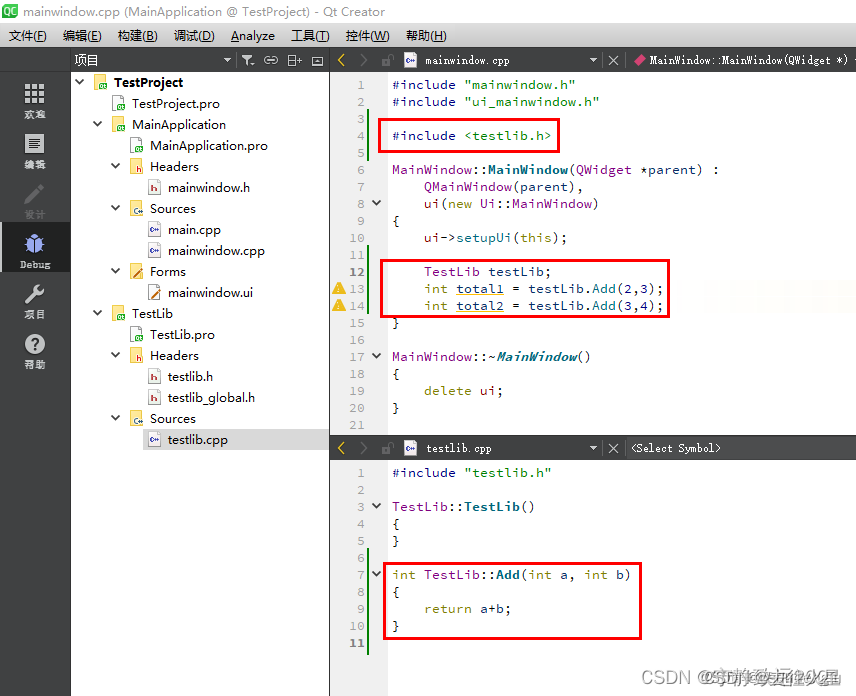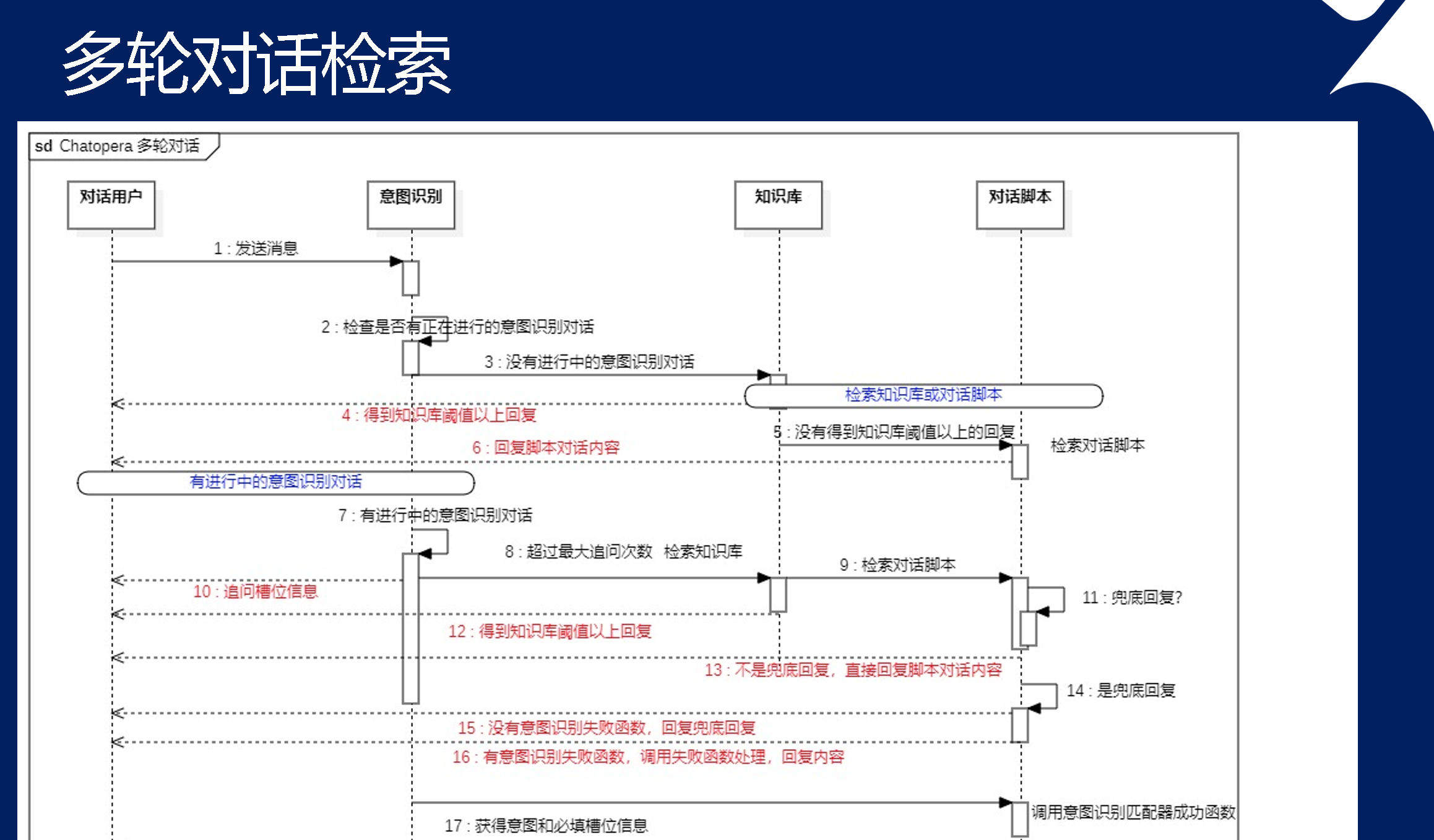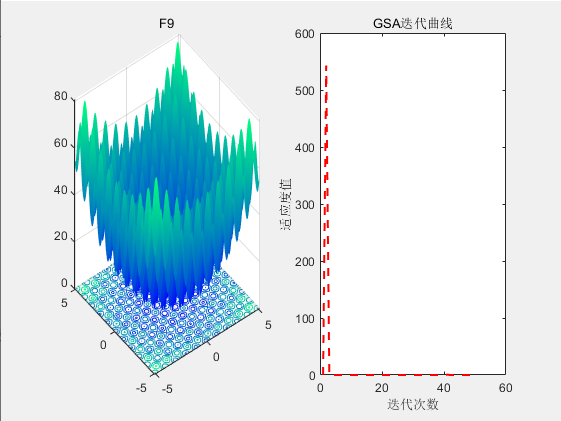
目录
- 一. 为什么学习string?
- 二、 标准库中的string
- 2.1 string介绍
- 2.2 string的常用接口说明
- 2.2.1 string对象的常见构造
- 2.2.1.1 [string()](https://legacy.cplusplus.com/reference/string/string/string/) ---- 无参构造函数
- 2.2.1.2 [string(const char* s)](https://legacy.cplusplus.com/reference/string/string/string/) ---- 有参构造函数
- 2.2.1.3 [string(size_t n, char c)](https://legacy.cplusplus.com/reference/string/string/string/) ---- 有参构造函数
- 2.2.1.4 [string(const string&s)](https://legacy.cplusplus.com/reference/string/string/string/) ---- 拷贝构造函数
- 2.2.2 string对象的容量操作
- 2.2.2.1 [size 函数](https://legacy.cplusplus.com/reference/string/string/size/)
- 2.2.2.2 [length 函数](https://legacy.cplusplus.com/reference/string/string/length/)
- 2.2.2.3 [capacity 函数](https://legacy.cplusplus.com/reference/string/string/capacity/)
- 2.2.2.4[ empty 函数](https://legacy.cplusplus.com/reference/string/string/empty/)
- 2.2.2.5 [clear 函数](https://legacy.cplusplus.com/reference/string/string/clear/)
- 2.2.2.6 [reserve 函数](https://legacy.cplusplus.com/reference/string/string/reserve/)
- 2.2.2.7 [resize 函数](https://legacy.cplusplus.com/reference/string/string/resize/)
- 2.2.3 string对象的访问及遍历操作
- 2.2.3.1 [operator[]](https://legacy.cplusplus.com/reference/string/string/operator%5B%5D/)
- 2.2.3.2 迭代器 [begin ](https://legacy.cplusplus.com/reference/string/string/begin/)、[end](https://legacy.cplusplus.com/reference/string/string/end/)
- 2.2.3.3 迭代器 [rbegin](https://legacy.cplusplus.com/reference/string/string/rbegin/) 、[rend](https://legacy.cplusplus.com/reference/string/string/rend/)
- 2.2.3.4 范围for
- 2.2.4. string对象的增删查改
- 2.2.4.1 [push_back 函数](https://legacy.cplusplus.com/reference/string/string/push_back/)
- 2.2.4.2 [operator+=](https://legacy.cplusplus.com/reference/string/string/operator+=/)
- 2.2.4.3 [append 函数](https://legacy.cplusplus.com/reference/string/string/append/)
- 2.2.4.4 [insert 函数](https://legacy.cplusplus.com/reference/string/string/insert/)
- 2.2.4.5 [erase 函数](https://legacy.cplusplus.com/reference/string/string/erase/)
- 2.2.4.6 [npos](https://legacy.cplusplus.com/reference/string/string/npos/)
- 2.2.4.7 [c_str 函数](https://legacy.cplusplus.com/reference/string/string/c_str/)
- 2.2.4.8 [find 函数](https://legacy.cplusplus.com/reference/string/string/find/)
- 2.2.4.9 [rfind 函数](https://legacy.cplusplus.com/reference/string/string/rfind/)
- 2.2.4.10 [substr 函数](https://legacy.cplusplus.com/reference/string/string/substr/)
- 三、string拷贝问题
- 3.1 经典的string问题
- 3.2 浅拷贝
- 3.3 深拷贝
- 3.4 写时拷贝
- 四、string的模拟实现
- 4.1 string默认成员函数的实现
- 4.2 string 中 c_str 、size 、capacity 和 empty 的实现
- 4.3 string 中 resize 和 reverse 的实现
- 4.4 string 中 push_back 、append 和 operator+= 的实现
- 4.5 string 中 operator[] 的实现
- 4.6 string 中 迭代器 的实现
- 4.7 string 中 operator<< 和 operator>> 的实现
- 4.8 string 中 比较函数 的实现
- 4.9 string 中 find 的实现
- 4.10 string 中 insert 和 erase 的实现
- 4.11 string 中 substr 的实现
- 4.12 string 实现汇总及函数测试
- 结尾
一. 为什么学习string?
C语言中,字符串是以’\0’结尾的一些字符的集合,为了操作方便,C标准库中提供了一些str系列的库函数,但是这些库函数与字符串是分离开的,不太符合OOP的思想,而且底层空间需要用户自己管理,稍不留神可能还会越界访问。
二、 标准库中的string
2.1 string介绍
string的文档介绍
- 字符串是表示字符序列的类。
- 标准的字符串类提供了对此类对象的支持,其接口类似于标准字符容器的接口,但添加了专门用于操作单字节字符字符串的设计特性。
string是使用char(即作为它的字符类型,使用它的默认char_traits和分配器类型(关于模板的更多信息,请参阅basic_string)。string类是basic_string模板类的一个实例,它使用char来实例化basic_string模板类,并用char_traits和allocator作为basic_string的默认参数(根于更多的模板信息请参考basic_string)。- 注意,这个类独立于所使用的编码来处理字节:如果用来处理多字节或变长字符(如UTF-8)的序列,这个类的所有成员(如长度或大小)以及它的迭代器,将仍然按照字节(而不是实际编码的字符)来操作。
总结:
string是表示字符串的字符串类- 该类的接口与常规容器的接口基本相同,再添加了一些专门用来操作
string的常规操作。 string在底层实际是:basic_string模板类的别名,typedef basic_string<char, char_traits, allocator>string;- 不能操作多字节或者变长字符的序列。
在使用string时,必须包含#include头文件以及using namespace std;
2.2 string的常用接口说明
2.2.1 string对象的常见构造
2.2.1.1 string() ---- 无参构造函数
构造空的string对象,即空字符串
#include <iostream>
#include <string>
using namespace std;
int main()
{
string s;
cout << s <<endl;
return 0;
}

2.2.1.2 string(const char* s) ---- 有参构造函数
用C-string来构造string对象
#include <iostream>
#include <string>
using namespace std;
int main()
{
string s("chineseprson");
cout << s << endl;
return 0;
}

2.2.1.3 string(size_t n, char c) ---- 有参构造函数
string对象中包含n个字符c
#include <iostream>
#include <string>
using namespace std;
int main()
{
string s(10,'z');
cout << s << endl;
return 0;
}

2.2.1.4 string(const string&s) ---- 拷贝构造函数
拷贝构造函数
#include <iostream>
#include <string>
using namespace std;
int main()
{
string s("chineseprson");
string ss(s);
cout << s << endl;
cout << ss << endl;
return 0;
}

2.2.2 string对象的容量操作
2.2.2.1 size 函数
返回字符串有效字符长度
#include <iostream>
#include <string>
using namespace std;
int main()
{
string s("chineseprson");
cout << s.size() << endl;
return 0;
}
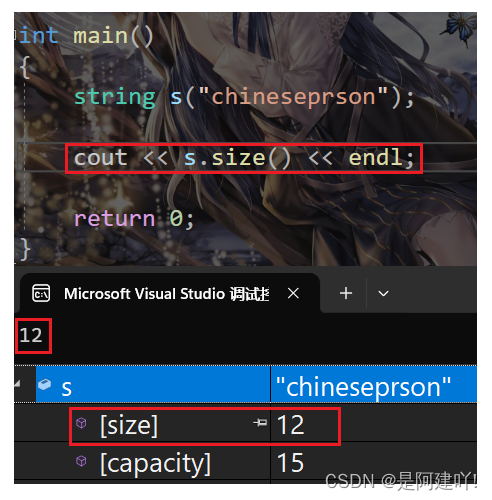
2.2.2.2 length 函数
返回字符串有效字符长度
size() 与 length() 方法底层实现原理完全相同,
引入 size() 的原因是为了与其他容器的接口保持一致,
一般情况下基本都是用 size()。
#include <iostream>
#include <string>
using namespace std;
int main()
{
string s("chineseprson");
cout << s.length() << endl;
return 0;
}
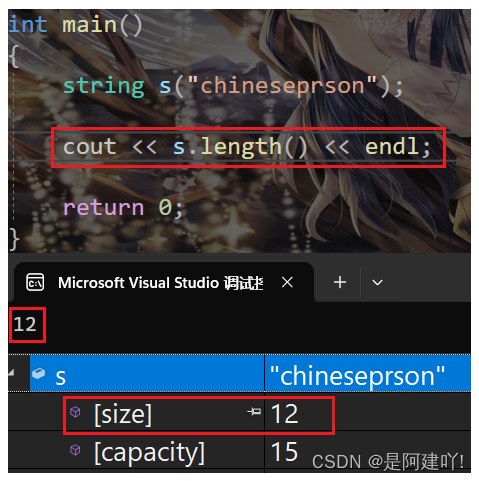
2.2.2.3 capacity 函数
返回空间总大小
#include <iostream>
#include <string>
using namespace std;
int main()
{
string s("chineseprson");
cout << s.capacity() << endl;
return 0;
}
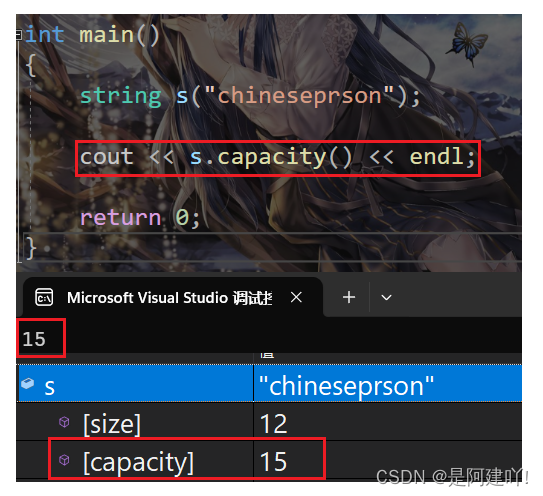
2.2.2.4 empty 函数
检测字符串释放为空串,是返回true,否则返回false
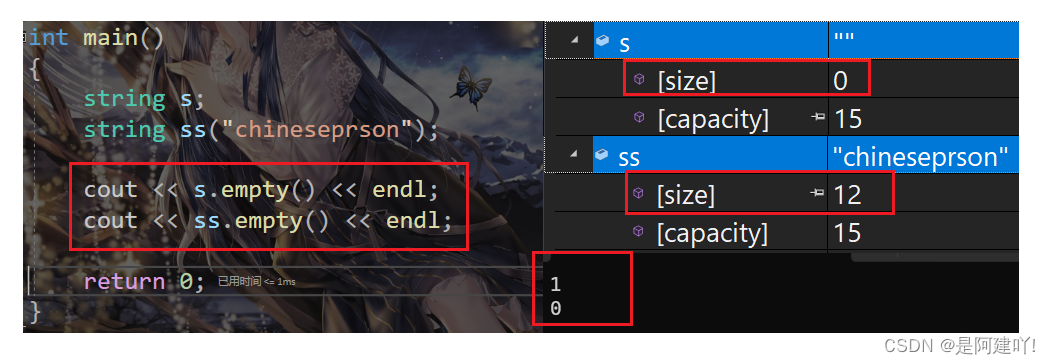
#include <iostream>
#include <string>
using namespace std;
int main()
{
string s;
string ss("chineseprson");
cout << s.empty() << endl;
cout << ss.empty() << endl;
return 0;
}
2.2.2.5 clear 函数
清空有效字符
clear()只是将string中有效字符清空,不改变底层空间大小。
#include <iostream>
#include <string>
using namespace std;
int main()
{
string s("chineseprson");
cout << s << endl;
s.clear();
cout << s << endl;
return 0;
}

2.2.2.6 reserve 函数
为字符串预留空间
reserve(size_t res_arg=0):
为string预留空间,不改变有效元素个数,
当reserve的参数小于string的底层空间总大小时,
reserver不会改变容量小。
#include <iostream>
#include <string>
using namespace std;
int main()
{
string s("chineseprson");
s.reserve(30);
cout << s << endl;
return 0;
}

2.2.2.7 resize 函数
resize(size_t n) 与 resize(size_t n, char c)都是将字符串中有效字符个数改变到n个,
不同的是当字符个数增多时:resize(n)用 '\0' 来填充多出的元素空间,
resize(size_t n, char c)用字符c来填充多出的元素空间。
注意:resize在改变元素个数时,如果是将元素个数增多,
可能会改变底层容量的大小,如果是将元素个数减少,底层空间总大小不变。
#include <iostream>
#include <string>
using namespace std;
int main()
{
string s("chineseprson");
cout << s << endl;
s.resize(30,'6');
cout << s << endl;
return 0;
}

2.2.3 string对象的访问及遍历操作
2.2.3.1 operator[]
返回pos位置的字符,const string对象调用
#include <iostream>
#include <string>
using namespace std;
int main()
{
string s("chineseprson");
for (int i = 0; i < s.size(); i++)
{
printf("[%d] : %c\n", i, s[i]);
}
cout << endl;
return 0;
}
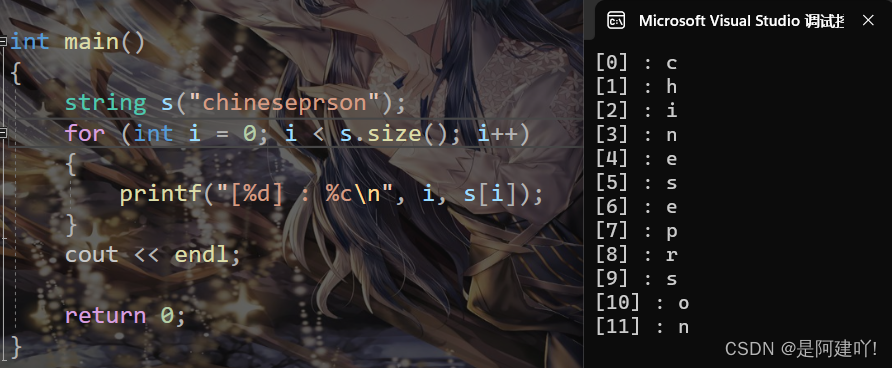
2.2.3.2 迭代器 begin 、end
begin 获取第一个字符的迭代器
end 获取最后一个字符下一个位置的迭代器
#include <iostream>
#include <string>
using namespace std;
int main()
{
string s("chineseprson");
string::iterator it = s.begin();
while (it != s.end())
{
cout << *it << ' ';
it++;
}
cout << endl;
return 0;
}
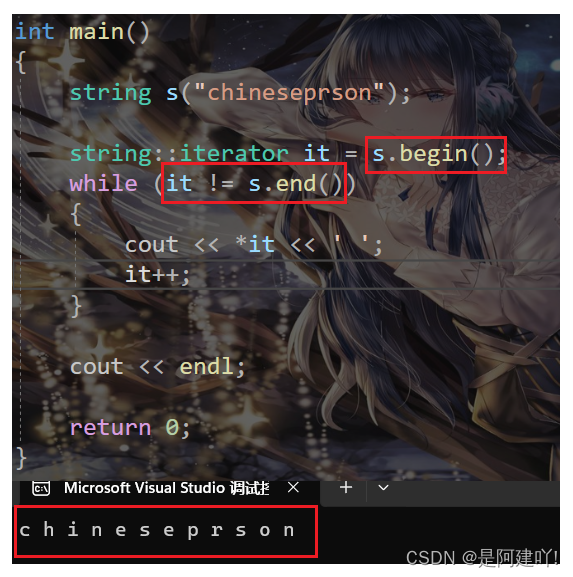
2.2.3.3 迭代器 rbegin 、rend
rbegin 获取最后一个字符的迭代器
rend 获取第一个字符前一个位置的迭代器
#include <iostream>
#include <string>
using namespace std;
int main()
{
string s("chineseprson");
string::reverse_iterator it = s.rbegin();
while (it != s.rend())
{
cout << *it << ' ';
it++;
}
cout << endl;
return 0;
}
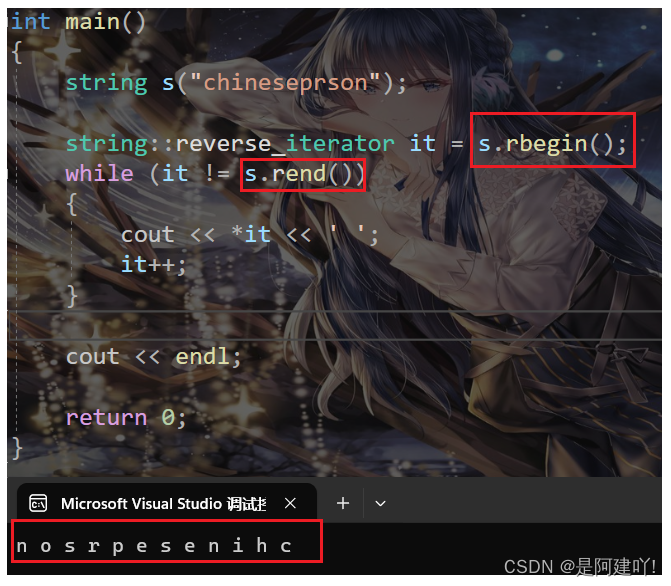
2.2.3.4 范围for
范围for作为C++新出的遍历方法,相对于以前的遍历方式它能够更加简洁的遍历数组、容器等数据结构中的元素。
#include <iostream>
#include <string>
using namespace std;
int main()
{
string s("chineseprson");
for (auto ch : s)
{
cout << ch << ' ';
}
cout << endl;
return 0;
}
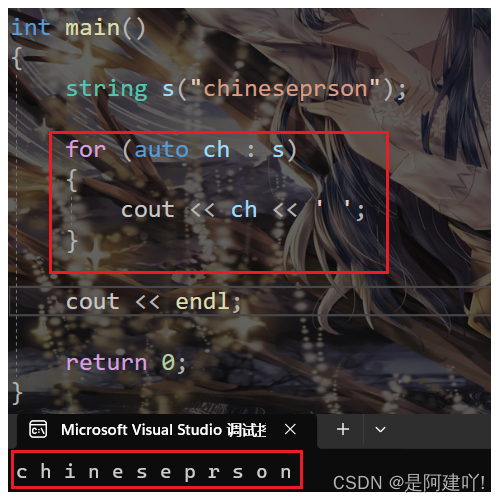
2.2.4. string对象的增删查改
2.2.4.1 push_back 函数
在字符串后面加一个字符
#include <iostream>
#include <string>
using namespace std;
int main()
{
string s("chineseprson");
s.push_back('6');
cout << s << endl;
s.push_back('6');
cout << s << endl;
s.push_back('6');
cout << s << endl;
return 0;
}

2.2.4.2 operator+=
string& operator+= (const string& str);
operator+= 能够在字符串最后追加一个string对象内的字符串
string& operator+= (const char* s);
string& operator+= (char c);
operator+= 能够在字符串后面加一个字符或者字符串
#include <iostream>
#include <string>
using namespace std;
int main()
{
string s("chineseprson");
s += '6';
cout << s << endl;
s += "666666";
cout << s << endl;
string ss("牛牛牛");
s += ss;
cout << s << endl;
return 0;
}
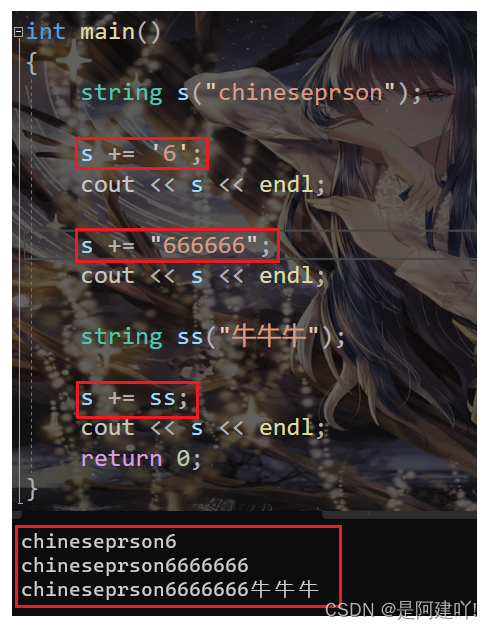
2.2.4.3 append 函数
string& append (const string& str);
append 函数能够在字符串最后追加一个string对象内的字符串
string& append (const string& str, size_t subpos, size_t sublen);
append 函数能够在字符串最后追加一个string对象内的字符串的一段字符串
string& append (const char* s);
append 函数能够在字符串最后追加一个string对象内的字符串
string& append (const char* s, size_t n);
append 函数还能够在字符串后面追加字符串的前 n 个
string& append (size_t n, char c);
append 函数能够在字符串后面追加 n 个字符
注意:append 函数与 operator+= 作用有部分相同
若是单纯在字符串后面追加一个字符或者字符串,更习惯使用 operator+=
#include <iostream>
#include <string>
using namespace std;
int main()
{
string s("chineseprson");
// 追加n个字符
s.append(1,'6');
cout << s << endl;
// 追加一个字符串
s.append("666666");
cout << s << endl;
// 追加一个字符串的前n个
s.append("888888888", 3);
cout << s << endl;
return 0;
}

2.2.4.4 insert 函数
string& insert (size_t pos, const string& str);
insert函数能够在字符串任意位置插入一个string容器内的字符串
string& insert (size_t pos, const string& str, size_t subpos, size_t sublen);
insert函数能够在字符串任意位置插入一个string对象内的字符串的一段字符串
string& insert (size_t pos, const char* s);
insert函数能够在字符串一段字符串
string& insert (size_t pos, const char* s, size_t n);
insert 函数还能够在字符串任意位置插入字符串的前 n 个
string& insert (size_t pos, size_t n, char c);
insert 函数还能够在字符串任意位置插入n个字符
#include <iostream>
#include <string>
using namespace std;
int main()
{
string s("student");
string ss("test");
// 在第三个位置插入string
s.insert(1, ss);
cout << s << endl;
// 在最后插入string的一部分
s.insert(s.size(), ss , 0 , 2);
cout << s << endl;
// 在第一个位置插入string
s.insert(0,"666");
cout << s << endl;
// 其他插入方法一样,这里省略
return 0;
}
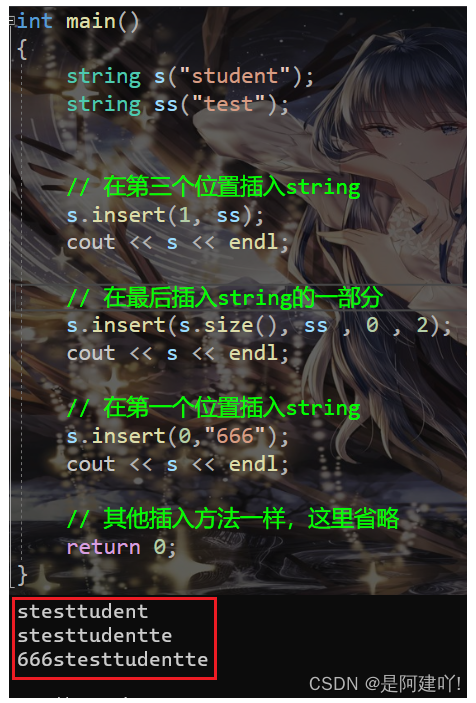
2.2.4.5 erase 函数
string& erase (size_t pos = 0, size_t len = npos);
erase 函数能够删除第 n 个位置后面长度为 len 的字符串
如果没有传 len 或是 第 n 个位置后面的字符数小于 len ,则n后面的字符全部删除
#include <iostream>
#include <string>
using namespace std;
int main()
{
string s("student");
s.erase(4, 2);
cout << s << endl;
s.erase(1);
cout << s << endl;
return 0;
}
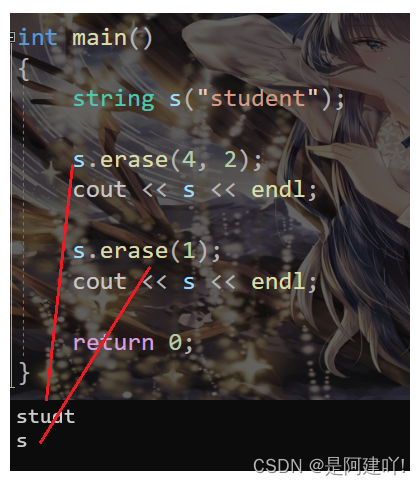
2.2.4.6 npos
npos的值通常是一个很大的正数,等于-1(当作为无符号数解释时)
或等于string::size_type的最大可能值。
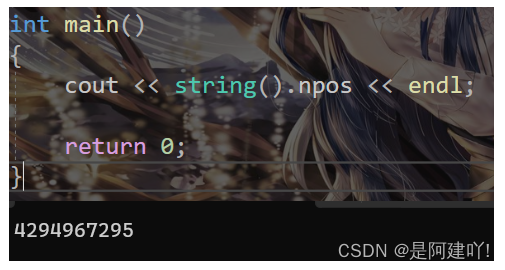
2.2.4.7 c_str 函数
返回C格式字符串
在C++中,printf 是一个C语言函数,它不支持直接打印std::string类型的内容。这是因为 printf 是一个可变参数函数,而 std::string 不是基本数据类型,因此需要转换为C风格字符串才能由 printf 输出。
#include <iostream>
#include <string>
using namespace std;
int main()
{
string s("chineseprson");
printf("%s\n", s);
printf("%s\n", s.c_str());
return 0;
}
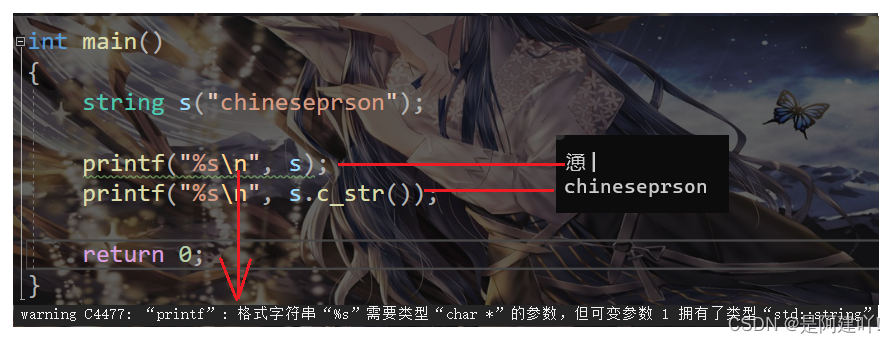
2.2.4.8 find 函数
size_t find (const string& str, size_t pos = 0) const;
find 函数能够从第 pos 个位置开始从前往后查找包含 string 对象 str 的字符串的位置
size_t find (const char* s, size_t pos = 0) const;
find 函数能够从第 pos 个位置开始从前往后查找包含字符串 s 的位置
size_t find (char c, size_t pos = 0) const;
find 函数能够从第 pos 个位置开始从前往后查找包含字符 c 的位置
find 函数若是能找到则返回包含需要查找内容第一个字符位置,否则返回 npos。
#include <iostream>
#include <string>
using namespace std;
int main()
{
string s("student test");
string str("student");
// 查找 str --> 找得到
int pos = s.find(str, 0);
cout << "str pos : " << pos << endl;
// 查找字符串 --> 找得到
pos = s.find("test" , 0);
cout << "test pos : " << pos << endl;
// 查找字符串 --> 找不到
pos = s.find("Test", 0);
cout << "Test pos : " << pos << endl;
// 查找字符 --> 找得到
pos = s.find('s', 0);
cout << "s pos : " << pos << endl;
// 查找字符 --> 找不到
pos = s.find('a', 0);
cout << "a pos : " << pos << endl;
return 0;
}
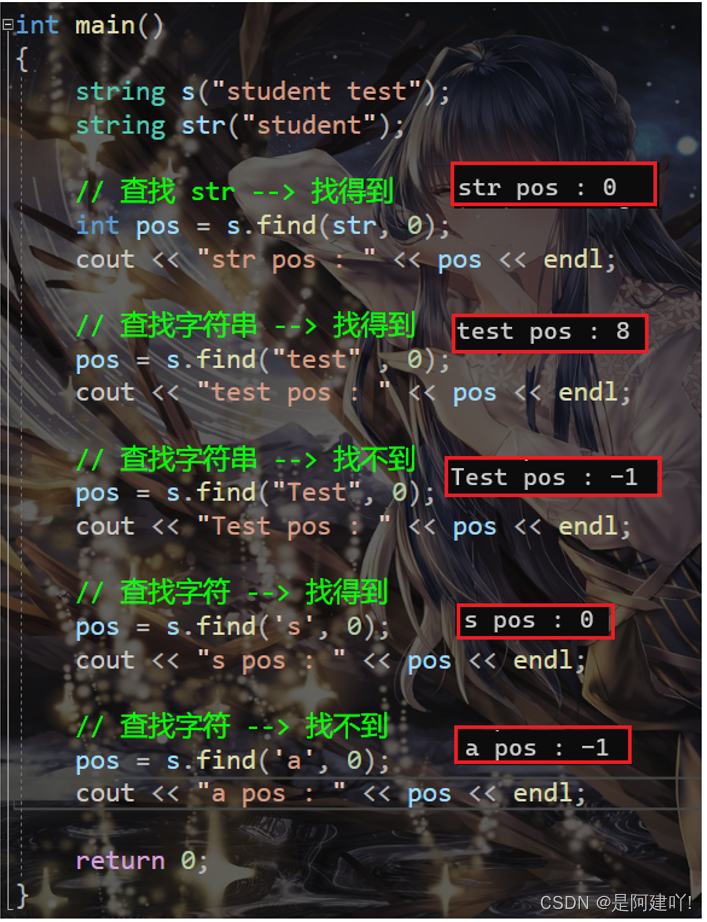
2.2.4.9 rfind 函数
size_t rfind (const string& str, size_t pos = npos) const;
find 函数能够从第 pos 个位置开始从后往前查找包含 string 对象 str 的字符串的位置
size_t rfind (const char* s, size_t pos = npos) const;
find 函数能够从第 pos 个位置开始从前往后查找包含字符串 s 的位置
size_t rfind (char c, size_t pos = npos) const;
find 函数能够从第 pos 个位置开始从前往后查找包含字符 c 的位置
#include <iostream>
#include <string>
using namespace std;
int main()
{
string s("student test");
string str("student");
// 查找 str --> 找得到
int pos = s.rfind(str, s.size()-1);
cout << "str pos : " << pos << endl;
// 查找字符串 --> 找得到
pos = s.rfind("test", s.size() - 1);
cout << "test pos : " << pos << endl;
// 查找字符串 --> 找不到
pos = s.rfind("test", s.size() - 5);
cout << "test pos : " << pos << endl;
// 查找字符串 --> 找不到
pos = s.rfind("Test", s.size() - 1);
cout << "Test pos : " << pos << endl;
// 查找字符 --> 找得到
pos = s.rfind('s', s.size() - 1);
cout << "s pos : " << pos << endl;
// 查找字符 --> 找不到
pos = s.rfind('a', s.size() - 1);
cout << "a pos : " << pos << endl;
return 0;
}
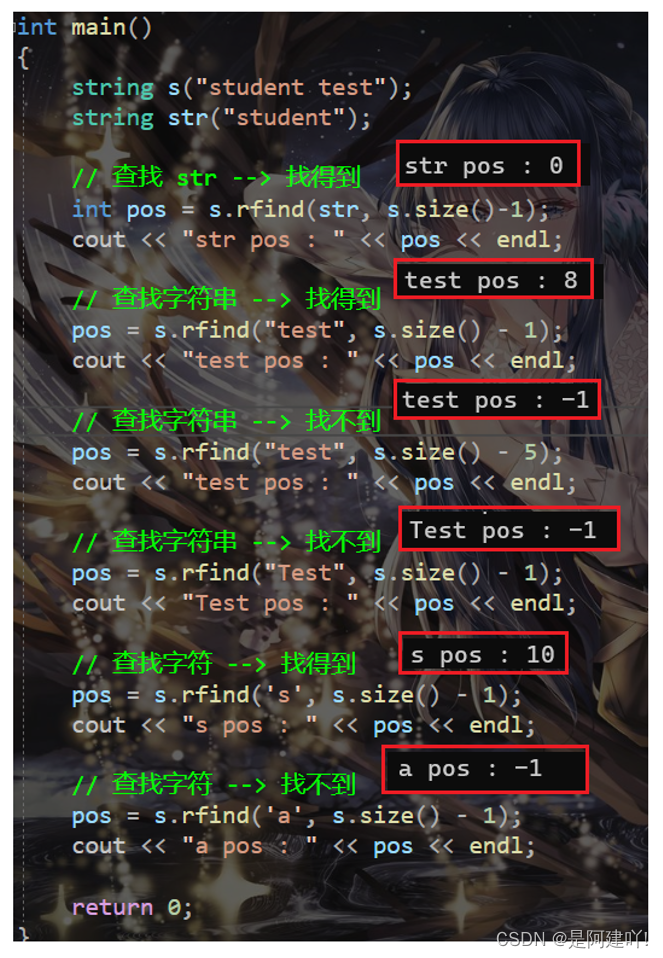
2.2.4.10 substr 函数
string substr (size_t pos = 0, size_t len = npos) const;
在字符串中从第pos个位置开始截取len个字符返回
#include <iostream>
#include <string>
using namespace std;
int main()
{
string s("student test");
// 在s中从第0个位置开始截取所有字符返回
string ss = s.substr(0);
cout << ss << endl;
// 在s中从第3个位置开始截取3字符返回
ss = s.substr(3,3);
cout << ss << endl;
return 0;
}
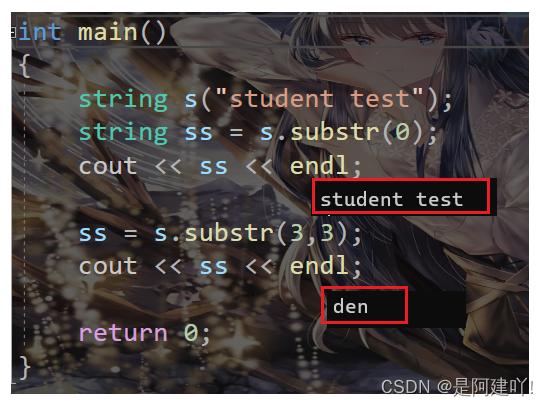
三、string拷贝问题
3.1 经典的string问题
上面已经对string进行了简单的介绍,大家只要能够正常使用即可。在面试中,面试官总喜欢让学生自己来模拟实现string,最主要是实现string的构造、拷贝构造、赋值运算符重载以及析构函数。大家看下以下string的实现是否有问题?
// 为了和标准库区分,此处使用String
class String
{
public:
/*String()
:_str(new char[1])
{*_str = '\0';}
*/
//String(const char* str = "\0") 错误示范
//String(const char* str = nullptr) 错误示范
String(const char* str = "")
{
// 构造String对象时,如果传递nullptr指针,可以认为程序非
if (nullptr == str)
{
assert(false);
return;
}
_str = new char[strlen(str) + 1];
strcpy(_str, str);
}
~String()
{
if (_str)
{
delete[] _str;
_str = nullptr;
}
}
private:
char* _str;
};
// 测试
void TestString()
{
String s1("hello C++!!!");
String s2(s1);
}
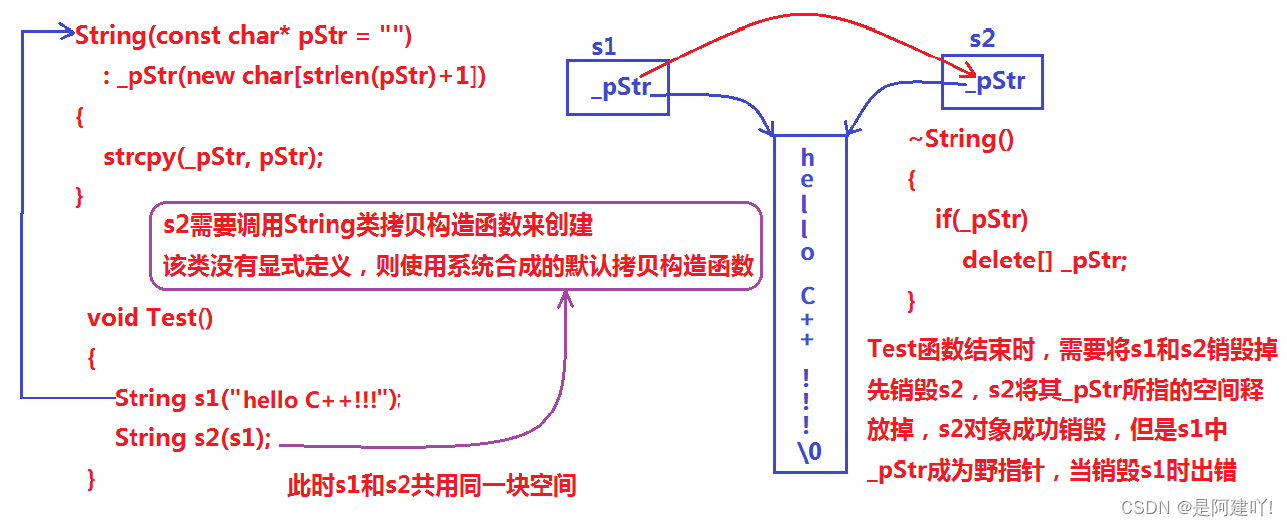
说明:上述String没有显式定义其拷贝构造函数与赋值运算符重载,此时编译器会合成默认的,当用s1构造s2时,编译器会调用默认的拷贝构造。最终导致的问题是,s1、s2共用同一块内存空间,在释放时同一块空间被释放多次而引起程序崩溃,这种拷贝方式,称为浅拷贝
3.2 浅拷贝
浅拷贝:也称位拷贝,编译器只是将对象中的值拷贝过来。如果对象中管理资源,最后就会导致多个对象共享同一份资源,当一个对象销毁时就会将该资源释放掉,而此时另一些对象不知道该资源已经被释放,以为还有效,所以当继续对资源进项操作时,就会发生发生了访问违规。
可以采用深拷贝解决浅拷贝问题,即:每个对象都有一份独立的资源,不要和其他对象共享。
3.3 深拷贝
如果一个类中涉及到资源的管理,其拷贝构造函数、赋值运算符重载以及析构函数必须要显式给出。一般情
况都是按照深拷贝方式提供。

3.4 写时拷贝
写时拷贝就是一种拖延症,是在浅拷贝的基础之上增加了引用计数的方式来实现的。
引用计数:用来记录资源使用者的个数。在构造时,将资源的计数给成1,每增加一个对象使用该资源,就给计数增加1,当某个对象被销毁时,先给该计数减1,然后再检查是否需要释放资源,如果计数为1,说明该对象时资源的最后一个使用者,将该资源释放;否则就不能释放,因为还有其他对象在使用该资源。
四、string的模拟实现
4.1 string默认成员函数的实现
#include <iostream>
#include <assert.h>
using namespace std;
namespace aj
{
class string
{
public:
// 这里缺省值给""的原因是空字符串本身就带一个'\0'
// 而不是初始化的时候_str为nullptr
// 初始化列表的顺序应该与声明相同
string(const char* str = "")
:_capacity(strlen(str))
, _size(_capacity)
{
// 多开一个空间用来存放'\0'
_str = new char[_capacity + 1];
strcpy(_str, str);
}
// 拷贝构造函数传统写法:
/*string(const string& s)
{
_capacity = s._capacity;
_str = new char[_capacity + 1];
_size = s._size;
strcpy(_str, s._str);
}*/
// swap函数
void swap(string& s)
{
std::swap(_str, s._str);
std::swap(_capacity, s._capacity);
std::swap(_size, s._size);
}
// 拷贝构造函数现代写法:
// 构造一个使用s构造string对象tmp
// tmp中的内容是this指向的对象所需要的
// 将两个对象的指针交换
// 即可达到我们的目的
string(const string& s)
: _str(nullptr)
, _capacity(0)
, _size(0)
{
string tmp(s._str);
swap(tmp);
}
// 赋值重载的传统写法:
// 这里的传统写法与上面的拷贝构造的内容几乎相同
// 而下面的现代写法复用了拷贝构造
// 使得成员函数看起来更加简洁
// 赋值重载 传统写法
/*string& operator=(const string& s)
{
if (this != &s)
{
reserve(s._capacity);
strcpy(_str, s._str);
_capacity = s._capacity;
_size = s._size;
}
return *this;
}*/
// 赋值重载的现代写法:
// 首先判断是否是自己给自己赋值
// 若是直接返回自己,否则进行下面的操作
// 利用拷贝构造得来tmp
// tmp中的数据是我们需要的数据
// 而this指向的数据是我们需要改变的
// tmp是临时变量,出了作用域会自动销毁
// 我们将tmp的内容和this指向的内容交换
// 实质上是两个指针的指向变化
// 交换后this指向的内容就是我们需要的,返回
// 而tmp中的内容是不需要的,出了作用域自动销毁
// 赋值重载 现代写法
/*string& operator=(const string& s)
{
if (this != &s)
{
string tmp(s);
swap(tmp);
}
return *this;
}*/
// 拷贝构造函数的现代写法:
// 这个现代写法与上面的本质相同
// 这个是不判断是否是自己给自己赋值
// 而是传值传参时利用拷贝构造直接得来tmp
// 其他步骤相同
// 赋值重载 现代写法
string& operator=(string tmp)
{
swap(tmp);
return *this;
}
// 析构函数
~string()
{
delete[] _str;
_str = nullptr;
_size = _capacity = 0;
}
private:
char* _str;
size_t _capacity;
size_t _size;
const static size_t npos;
};
const size_t string::npos = -1;
};
4.2 string 中 c_str 、size 、capacity 和 empty 的实现
#include <iostream>
#include <assert.h>
using namespace std;
#include <string>
namespace aj
{
class string
{
public:
void clear()
{
_str[0] = '\0';
_size = 0;
}
const char* c_str()const
{
return _str;
}
size_t size()const
{
return _size;
}
size_t capacity() const
{
return _capacity;
}
bool empty()const
{
return _size == 0;
}
private:
char* _str;
size_t _capacity;
size_t _size;
const static size_t npos;
};
const size_t string::npos = -1;
};
4.3 string 中 resize 和 reverse 的实现
#include <iostream>
#include <assert.h>
using namespace std;
namespace aj
{
class string
{
public:
// 分三种情况 (n为新字符串的长度)
// (1) n <= _size
// (2) n > _size && n <= _capacity
// (3) n > _capacity
// 第一种情况为缩短,第二三种情况为增长,
// 但第二种情况不需要扩容,第三种情况不需要
// 由于resize内部当传入的参数小于_capacity 时不会扩容
// 所以将第二三种情况放在一起
void resize(size_t n, char c = '\0')
{
if (n <= _size)
{
_str[n] = '\0';
_size = n;
}
else
{
reserve(n);
_capacity = n;
while (_size < n)
{
_str[_size] = c;
_size++;
}
// 到这里 _size = n
_str[_size] = '\0';
}
}
void reserve(size_t n)
{
if (n > _capacity)
{
// _capacity 记录的是需要存储有效数据的个数
// 所以我们这里要多开一个空间用来记录'\0'
char* tmp = new char[n + 1];
strcpy(tmp, _str);
delete[] _str;
_str = tmp;
_capacity = n;
}
}
private:
char* _str;
size_t _capacity;
size_t _size;
const static size_t npos;
};
const size_t string::npos = -1;
};
4.4 string 中 push_back 、append 和 operator+= 的实现
#include <iostream>
#include <assert.h>
using namespace std;
namespace aj
{
class string
{
public:
void push_back(char c)
{
if (_size + 1 > _capacity)
{
// 这里不能盲目的开二倍,因为string可能是空字符串,
// _capacity = 0 , 那么这里的二倍就没有意义,继续下面的操作会报错
reserve(_capacity == 0 ? 4 : 2 * _capacity);
}
_str[_size] = c;
_size++;
_str[_size] = '\0';
}
void append(const char* str)
{
int len = strlen(str);
if (_size + len > _capacity)
{
reserve(_size + len);
}
strcpy(_str + _size, str);
_size += len;
}
string& operator+=(char c)
{
push_back(c);
return *this;
}
void reserve(size_t n)
{
if (n > _capacity)
{
// _capacity 记录的是需要存储有效数据的个数
// 所以我们这里要多开一个空间用来记录'\0'
char* tmp = new char[n + 1];
strcpy(tmp, _str);
delete[] _str;
_str = tmp;
_capacity = n;
}
}
private:
char* _str;
size_t _capacity;
size_t _size;
const static size_t npos;
};
const size_t string::npos = -1;
};
4.5 string 中 operator[] 的实现
#include <iostream>
#include <assert.h>
using namespace std;
namespace aj
{
class string
{
public:
char& operator[](size_t index)
{
return _str[index];
}
const char& operator[](size_t index)const
{
return _str[index];
}
private:
char* _str;
size_t _capacity;
size_t _size;
const static size_t npos;
};
const size_t string::npos = -1;
};
4.6 string 中 迭代器 的实现
#include <iostream>
#include <assert.h>
using namespace std;
namespace aj
{
class string
{
public:
typedef char* iterator;
typedef const char* const_iterator;
public:
iterator begin()
{
return _str;
}
iterator end()
{
return _str + _size;
}
const_iterator begin() const
{
return _str;
}
const_iterator end() const
{
return _str + _size;
}
private:
char* _str;
size_t _capacity;
size_t _size;
const static size_t npos;
};
const size_t string::npos = -1;
};
4.7 string 中 operator<< 和 operator>> 的实现
并不是所有的流插入、流提取都需要定义成友元函数,定义成友元函数的目的是为了访问成员的私有,这里不需要访问私有,则不需要定义成友元函数。
#include <iostream>
#include <assert.h>
using namespace std;
namespace aj
{
class string
{
private:
char* _str;
size_t _capacity;
size_t _size;
const static size_t npos;
};
const size_t string::npos = -1;
ostream& operator<<(ostream& _cout, const string& s)
{
for (auto ch : s)
{
cout << ch;
}
return _cout;
}
// 这个版本不好在,没有提前开空间
// 即使开空间了,也不知道开多少
// 大了浪费,小了又需要很多次扩容
//istream& operator>>(istream& _cin, string& s)
//{
// // 流插入时需要将string中字符串清除
// s.clear();
// char ch = 0;
// ch = _cin.get();
// while (ch != ' ' && ch != '\n')
// {
// s += ch;
// ch = _cin.get();
// }
// return _cin;
//}
istream& operator>>(istream& _cin, string& s)
{
// 流插入时需要将string中字符串清除
s.clear();
// 定义一个buff数组,作为缓冲
char buff[129] = { 0 };
char ch = 0;
ch = _cin.get();
int i = 0;
while (ch != ' ' && ch != '\n')
{
buff[i] = ch;
ch = _cin.get();
if (i == 128)
{
s += buff;
i = 0;
}
i++;
}
if (i != 0)
{
s += buff;
}
return _cin;
}
};
4.8 string 中 比较函数 的实现
#include <iostream>
#include <assert.h>
using namespace std;
namespace aj
{
class string
{
public:
bool operator<(const string& s)
{
return strcmp(_str, s._str) < 0;
}
bool operator<=(const string& s)
{
return *this == s || *this < s;
}
bool operator>(const string& s)
{
return !(*this <= s);
}
bool operator>=(const string& s)
{
return !(*this < s);
}
bool operator==(const string& s)
{
return strcmp(_str, s._str) == 0;
}
bool operator!=(const string& s)
{
return !(*this == s);
}
private:
char* _str;
size_t _capacity;
size_t _size;
const static size_t npos;
};
const size_t string::npos = -1;
};
4.9 string 中 find 的实现
#include <iostream>
#include <assert.h>
using namespace std;
namespace aj
{
class string
{
public:
// 返回c在string中第一次出现的位置
size_t find(char c, size_t pos = 0) const
{
assert(pos < _size);
for (size_t i = pos; i < _size; i++)
{
if (_str[i] == c)
{
return i;
}
}
return npos;
}
// 返回子串s在string中第一次出现的位置
size_t find(const char* s, size_t pos = 0) const
{
assert(pos < _size);
char* ret = strstr(_str, s);
if (ret == nullptr)
{
return npos;
}
return ret - _str;
}
private:
char* _str;
size_t _capacity;
size_t _size;
const static size_t npos;
};
const size_t string::npos = -1;
};
4.10 string 中 insert 和 erase 的实现
#include <iostream>
#include <assert.h>
using namespace std;
namespace aj
{
class string
{
public:
string& insert(size_t pos, char c)
{
assert(pos <= _size);
if (_size + 1 > _capacity)
{
reserve(_capacity == 0 ? 4 : 2 * _capacity);
}
// 注意:无符号整形比较是用补码进行比较
// 当pos = 0,且 i = -1 时 , 0并不比-1大
// 记得将_size位置上的'\0'也向后移动
// 版本一 存在问题
/*for (size_t i = _size; pos <= i; i--)
{
_str[i + 1] = _str[i];
}*/
// 版本二 将pos转换为有符号整形进行比较
/*for (int i = _size; (int)pos <= i; i--)
{
_str[i + 1] = _str[i];
}*/
// 版本三 将 i 置为_size 的后面从后往前移动,防止了0与-1的比较
for (size_t i = _size + 1; pos < i; i--)
{
_str[i] = _str[i - 1];
}
_str[pos] = c;
_size++;
return *this;
}
string& insert(size_t pos, const char* str)
{
assert(pos <= _size);
int len = strlen(str);
if (_size + len > _capacity)
{
reserve(_size + len);
}
for (size_t i = _size + len; pos < i; i--)
{
_str[i] = _str[i - len];
}
strncpy(_str + pos, str, len);
_size += len;
return *this;
}
string& erase(size_t pos, size_t len = npos)
{
assert(pos < _size);
if (len + pos > _capacity || len == npos)
{
_str[pos] = '\0';
_size = pos;
}
else
{
size_t begin = len + pos;
while (begin <= _size)
{
_str[pos] = _str[begin];
pos++;
begin++;
}
_size -= len;
}
return *this;
}
private:
char* _str;
size_t _capacity;
size_t _size;
const static size_t npos;
};
const size_t string::npos = -1;
};
4.11 string 中 substr 的实现
#include <iostream>
#include <assert.h>
using namespace std;
namespace aj
{
class string
{
public:
string substr(size_t pos = 0, size_t len = npos) const
{
assert(pos < _size);
string tmp;
int end = pos + len;
if (pos + len > _size || len == npos)
{
len = _size - pos;
end = _size;
}
// 提前开空间防止扩容
tmp.reserve(len);
for (int i = pos; i < end; i++)
{
tmp += _str[i];
}
return tmp;
}
private:
char* _str;
size_t _capacity;
size_t _size;
const static size_t npos;
};
const size_t string::npos = -1;
};
4.12 string 实现汇总及函数测试
#pragma once
#include <iostream>
#include <assert.h>
using namespace std;
#include <string>
namespace aj
{
class string
{
// friend ostream& operator<<(ostream& _cout, const aj::string& s);
// friend istream& operator>>(istream& _cin, aj::string& s);
public:
typedef char* iterator;
typedef const char* const_iterator;
public:
// 这里缺省值给""的原因是空字符串本身就带一个'\0'
// 而不是初始化的时候_str为nullptr
// 初始化列表的顺序应该与声明相同
string(const char* str = "")
:_capacity(strlen(str))
, _size(_capacity)
{
// 多开一个空间用来存放'\0'
_str = new char[_capacity + 1];
strcpy(_str, str);
}
// 拷贝构造函数传统写法:
/*string(const string& s)
{
_capacity = s._capacity;
_str = new char[_capacity + 1];
_size = s._size;
strcpy(_str, s._str);
}*/
// swap函数
void swap(string& s)
{
std::swap(_str, s._str);
std::swap(_capacity, s._capacity);
std::swap(_size, s._size);
}
// 拷贝构造函数现代写法:
string(const string& s)
: _str(nullptr)
, _capacity(0)
, _size(0)
{
string tmp(s._str);
swap(tmp);
}
// 赋值重载 传统写法
/*string& operator=(const string& s)
{
if (this != &s)
{
reserve(s._capacity);
strcpy(_str, s._str);
_capacity = s._capacity;
_size = s._size;
}
return *this;
}*/
// 赋值重载 现代写法
/*string& operator=(const string& s)
{
if (this != &s)
{
string tmp(s);
swap(tmp);
}
return *this;
}*/
// 赋值重载 现代写法
string& operator=(string tmp)
{
swap(tmp);
return *this;
}
// 析构函数
~string()
{
delete[] _str;
_str = nullptr;
_size = _capacity = 0;
}
//
// iterator
iterator begin()
{
return _str;
}
iterator end()
{
return _str + _size;
}
const_iterator begin() const
{
return _str;
}
const_iterator end() const
{
return _str + _size;
}
/
// modify
void push_back(char c)
{
if (_size + 1 > _capacity)
{
// 这里不能盲目的开二倍,因为string可能是空字符串,
// _capacity = 0 , 那么这里的二倍就没有意义,继续下面的操作会报错
reserve(_capacity == 0 ? 4 : 2 * _capacity);
}
_str[_size] = c;
_size++;
_str[_size] = '\0';
}
string& operator+=(char c)
{
push_back(c);
return *this;
}
// 分为两种情况
// (1) 追加后的字符串没有超过_capacity
// (2) 追加后的字符串超过_capacity需要扩容
void append(const char* str)
{
int len = strlen(str);
if (_size + len > _capacity)
{
reserve(_size + len);
}
strcpy(_str + _size, str);
_size += len;
}
string& operator+=(const char* str)
{
append(str);
return *this;
}
void clear()
{
_str[0] = '\0';
_size = 0;
}
void swap(string& s)
{
std::swap(_str, s._str);
std::swap(_capacity, s._capacity);
std::swap(_size, s._size);
}
const char* c_str()const
{
return _str;
}
/
// capacity
size_t size()const
{
return _size;
}
size_t capacity() const
{
return _capacity;
}
bool empty()const
{
return _size == 0;
}
// 分三种情况 (n为新字符串的长度)
// (1)n <= _size
// (2) n > _size && n <= _capacity
// (3) n > _capacity
// 第一种情况为缩短,第二三种情况为增长,
// 但第二种情况不需要扩容,第三种情况不需要
// 由于reserve内部当传入的参数小于_capacity 时不会扩容
// 所以将第二三种情况放在一起
void resize(size_t n, char c = '\0')
{
if (n <= _size)
{
_str[n] = '\0';
_size = n;
}
else
{
reserve(n);
_capacity = n;
while (_size < n)
{
_str[_size] = c;
_size++;
}
// 到这里 _size = n
_str[_size] = '\0';
}
}
void reserve(size_t n)
{
if (n > _capacity)
{
// _capacity 记录的是需要存储有效数据的个数
// 所以我们这里要多开一个空间用来记录'\0'
char* tmp = new char[n + 1];
strcpy(tmp, _str);
delete[] _str;
_str = tmp;
_capacity = n;
}
}
/
// access
char& operator[](size_t index)
{
return _str[index];
}
const char& operator[](size_t index)const
{
return _str[index];
}
/
//relational operators
bool operator<(const string& s)
{
return strcmp(_str, s._str) < 0;
}
bool operator<=(const string& s)
{
return *this == s || *this < s;
}
bool operator>(const string& s)
{
return !(*this <= s);
}
bool operator>=(const string& s)
{
return !(*this < s);
}
bool operator==(const string& s)
{
return strcmp(_str, s._str) == 0;
}
bool operator!=(const string& s)
{
return !(*this == s);
}
// 返回c在string中第一次出现的位置
size_t find(char c, size_t pos = 0) const
{
assert(pos < _size);
for (size_t i = pos; i < _size; i++)
{
if (_str[i] == c)
{
return i;
}
}
return npos;
}
// 返回子串s在string中第一次出现的位置
size_t find(const char* s, size_t pos = 0) const
{
assert(pos < _size);
char* ret = strstr(_str, s);
if (ret == nullptr)
{
return npos;
}
return ret - _str;
}
string substr(size_t pos = 0, size_t len = npos) const
{
assert(pos < _size);
string tmp;
int end = pos + len;
if (pos + len > _size || len == npos)
{
len = _size - pos;
end = _size;
}
// 提前开空间防止扩容
tmp.reserve(len);
for (int i = pos; i < end; i++)
{
tmp += _str[i];
}
return tmp;
}
string& insert(size_t pos, char c)
{
assert(pos <= _size);
if (_size + 1 > _capacity)
{
reserve(_capacity == 0 ? 4 : 2 * _capacity);
}
// 注意:无符号整形比较是用补码进行比较
// 当pos = 0,且 i = -1 时 , 0并不比-1大
// 记得将_size位置上的'\0'也向后移动
// 版本一 存在问题
/*for (size_t i = _size; pos <= i; i--)
{
_str[i + 1] = _str[i];
}*/
// 版本二 将pos转换为有符号整形进行比较
/*for (int i = _size; (int)pos <= i; i--)
{
_str[i + 1] = _str[i];
}*/
// 版本三 将 i 置为_size 的后面从后往前移动,防止了0与-1的比较
for (size_t i = _size + 1; pos < i; i--)
{
_str[i] = _str[i - 1];
}
_str[pos] = c;
_size++;
return *this;
}
string& insert(size_t pos, const char* str)
{
assert(pos <= _size);
int len = strlen(str);
if (_size + len > _capacity)
{
reserve(_size + len);
}
for (size_t i = _size + len; pos < i; i--)
{
_str[i] = _str[i - len];
}
strncpy(_str + pos, str, len);
_size+=len;
return *this;
}
string& erase(size_t pos, size_t len = npos)
{
assert(pos < _size);
if (len + pos > _capacity || len == npos)
{
_str[pos] = '\0';
_size = pos;
}
else
{
size_t begin = len + pos;
while (begin <= _size)
{
_str[pos] = _str[begin];
pos++;
begin++;
}
_size -= len;
}
return *this;
}
private:
char* _str;
size_t _capacity;
size_t _size;
const static size_t npos;
};
const size_t string::npos = -1;
ostream& operator<<(ostream& _cout, const string& s)
{
for (auto ch : s)
{
cout << ch;
}
return _cout;
}
//istream& operator>>(istream& _cin, string& s)
//{
// // 流插入时需要将string中字符串清除
// s.clear();
// char ch = 0;
// ch = _cin.get();
// while (ch != ' ' && ch != '\n')
// {
// s += ch;
// ch = _cin.get();
// }
// return _cin;
//}
istream& operator>>(istream& _cin, string& s)
{
// 流插入时需要将string中字符串清除
s.clear();
char buff[129] = { 0 };
char ch = 0;
ch = _cin.get();
int i = 0;
while (ch != ' ' && ch != '\n')
{
buff[i] = ch;
ch = _cin.get();
if (i == 128)
{
s += buff;
i = 0;
}
i++;
}
if (i != 0)
{
s += buff;
}
return _cin;
}
// 测试c_str size capacity resize empty
void test_string1()
{
string s("chineseperson");
cout << s.c_str() << endl;
cout << s.size() << endl;
cout << s.capacity() << endl;
cout << s.empty() << endl;
cout << endl;
s.resize(20, 'c');
cout << s.c_str() << endl;
cout << s.size() << endl;
cout << s.capacity() << endl;
cout << endl;
s.clear();
cout << s.c_str() << endl;
cout << s.size() << endl;
cout << s.capacity() << endl;
cout << endl;
string s1;
cout << s1.c_str() << endl;
cout << s1.size() << endl;
cout << s1.capacity() << endl;
cout << s1.empty() << endl;
cout << endl;
}
// 测试 push_back append
void test_string2()
{
string s("chineseperson");
s.push_back('6');
cout << s.c_str() << endl;
cout << s.size() << endl;
cout << s.capacity() << endl;
cout << endl;
s.append(" hellolllllllllll");
cout << s.c_str() << endl;
cout << s.size() << endl;
cout << s.capacity() << endl;
cout << endl;
string s1;
s1.push_back('6');
cout << s1.c_str() << endl;
cout << s1.size() << endl;
cout << s1.capacity() << endl;
cout << endl;
}
// 测试 += operator[]
void test_string3()
{
string s("chineseperson");
s += '6';
cout << s.c_str() << endl;
cout << s.size() << endl;
cout << s.capacity() << endl;
cout << endl;
s += " hellolllllllllll";
cout << s.c_str() << endl;
cout << s.size() << endl;
cout << s.capacity() << endl;
cout << endl;
string s1;
s1 += '6';
cout << s1.c_str() << endl;
cout << s1.size() << endl;
cout << s1.capacity() << endl;
cout << endl;
s1[0]++;
cout << s1.c_str() << endl;
cout << s1.size() << endl;
cout << s1.capacity() << endl;
cout << endl;
}
// 测试 迭代器 和 范围for
void test_string4()
{
string s("chineseperson");
string::iterator it = s.begin();
while (it != s.end())
{
cout << *it << ' ';
it++;
}
cout << endl;
for (auto ch : s)
{
cout <<ch << ' ';
}
}
// 测试流插入流提取
void test_string5()
{
string s;
cin >> s;
cout << s << endl;
}
// 测试拷贝构造 , 赋值
void test_string6()
{
string s("chineseperson");
string s1(s);
cout << s.c_str() << endl;
cout << s.size() << endl;
cout << s.capacity() << endl;
cout << endl;
cout << s1.c_str() << endl;
cout << s1.size() << endl;
cout << s1.capacity() << endl;
cout << endl;
string s2("hello");
cout << s2.c_str() << endl;
cout << s2.size() << endl;
cout << s2.capacity() << endl;
cout << endl;
s2 = s;
cout << s.c_str() << endl;
cout << s.size() << endl;
cout << s.capacity() << endl;
cout << endl;
}
// 测试string比较
void test_string7()
{
string s("chineseperson");
string s1(s);
s1[0]++;
cout << (s < s1) << endl;
cout << (s <= s1) << endl;
cout << (s > s1) << endl;
cout << (s >= s1) << endl;
cout << (s != s1) << endl;
cout << (s == s1) << endl;
}
// 测试 find
void test_string8()
{
string s("chineseperson");
cout << s.find('n') << endl;
cout << s.find('n', 10) << endl;
cout << s.find('a') << endl;
cout << endl;
cout << s.find("esepe") << endl;
}
// 测试insert erase
void test_string9()
{
string s("chineseperson");
cout << s.c_str() << endl;
cout << s.size() << endl;
cout << s.capacity() << endl;
cout << endl;
s.insert(0, '6');
cout << s.c_str() << endl;
cout << s.size() << endl;
cout << s.capacity() << endl;
cout << endl;
s.insert(s.size(), '6');
cout << s.c_str() << endl;
cout << s.size() << endl;
cout << s.capacity() << endl;
cout << endl;
string s1(s);
s.insert(0, "hello ");
cout << s.c_str() << endl;
cout << s.size() << endl;
cout << s.capacity() << endl;
cout << endl;
s.insert(s.size(), " Yeah Yeah Yeah !!");
cout << s.c_str() << endl;
cout << s.size() << endl;
cout << s.capacity() << endl;
cout << endl;
string s2(s);
cout << s2.c_str() << endl;
cout << s2.size() << endl;
cout << s2.capacity() << endl;
cout << endl;
s2.erase(0, 2);
cout << s2.c_str() << endl;
cout << s2.size() << endl;
cout << s2.capacity() << endl;
cout << endl;
s2.erase(15);
cout << s2.c_str() << endl;
cout << s2.size() << endl;
cout << s2.capacity() << endl;
cout << endl;
s2.erase(5);
cout << s2.c_str() << endl;
cout << s2.size() << endl;
cout << s2.capacity() << endl;
cout << endl;
}
// 测试 substr
void test_string10()
{
string s("chineseperson");
cout << s.c_str() << endl;
cout << s.size() << endl;
cout << s.capacity() << endl;
cout << endl;
string s1 = s.substr(2, 5);
cout << s1.c_str() << endl;
cout << s1.size() << endl;
cout << s1.capacity() << endl;
cout << endl;
string s2 = s.substr(2);
cout << s2.c_str() << endl;
cout << s2.size() << endl;
cout << s2.capacity() << endl;
cout << endl;
string tmp("https://legacy.cplusplus.com/reference/string/string/substr/");
int i1 = tmp.find(':', 0);
string ret1 = tmp.substr(0, i1);
cout << ret1.c_str() << endl;
int i2 = tmp.find('/', i1 + 3);
string ret2 = tmp.substr(i1 + 3, i2);
cout << ret2.c_str() << endl;
string ret3 = tmp.substr(i2);
cout << ret3.c_str() << endl;
}
};
结尾
如果有什么建议和疑问,或是有什么错误,大家可以在评论区中提出。
希望大家以后也能和我一起进步!!🌹🌹
如果这篇文章对你有用的话,希望大家给一个三连支持一下!!🌹🌹

